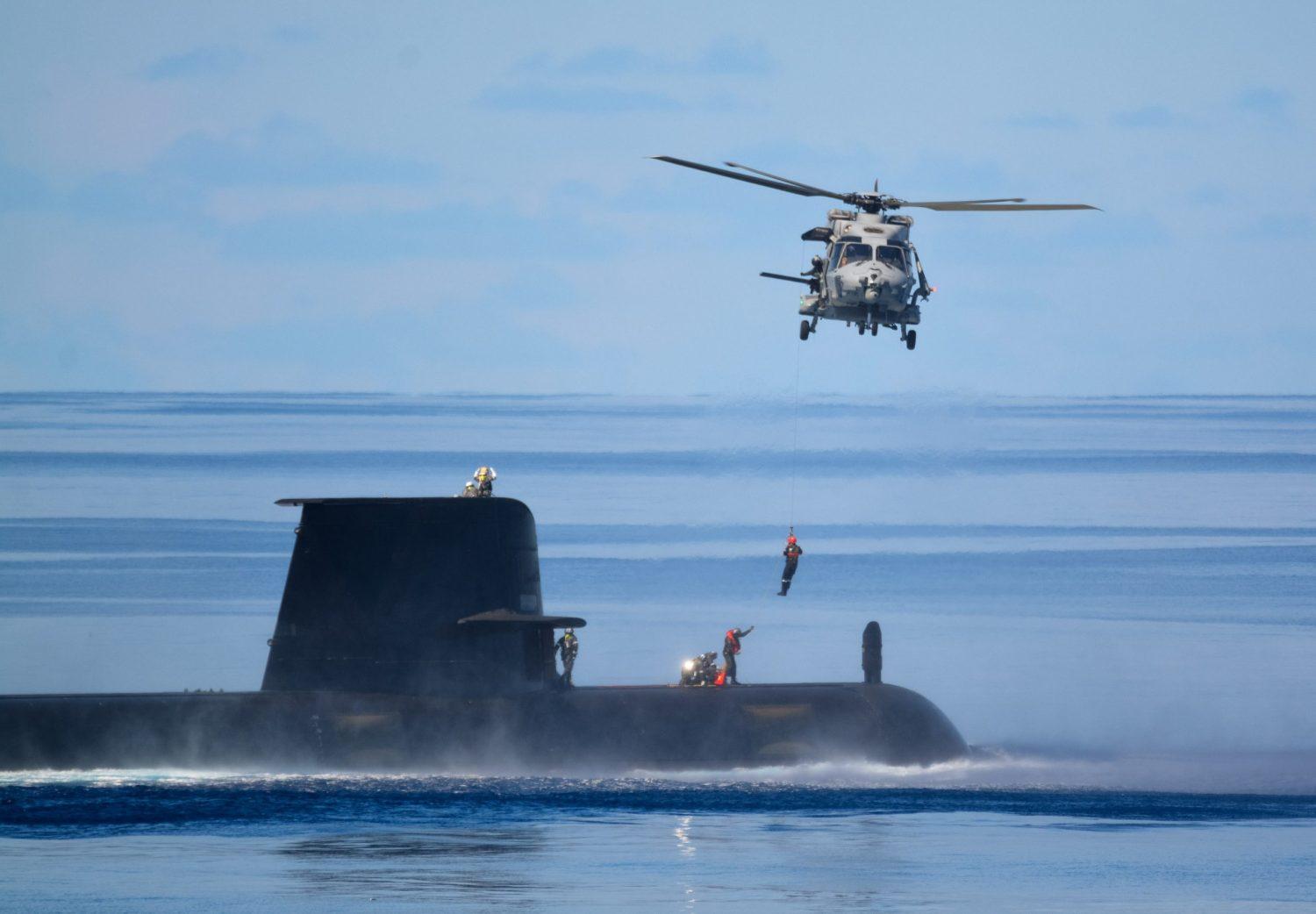
When discussing their nation’s defence relationship with France, many Australians express perplexed curiosity. The prevailing view appears to focus on points of difference rather than confluence.
In reality, the Australia–France defence partnership has been growing rapidly and is increasingly characterised by points of convergence, not divergence.
It may surprise many that shared historical, geographical and cultural points set the scene for closer cooperation.
For over a century, both nations have fought to preserve mutual interests and defeat common threats. This struggle endures in the Middle East, Africa and the Asia–Pacific region. Canberra and Paris have always maintained a connection by virtue of France’s Pacific territories. New Caledonia is the closest foreign soil to Brisbane. Australia’s fourth overseas diplomatic mission was to Noumea, after London, Washington and Ottawa, and before Wellington. In terms of shared values, liberté and freedom, egalité and ‘a fair go’ and fraternité and ‘mateship’ provide a more profound point of correlation than most may perceive.
Both nations prioritise preserving the rules-based order, internationally and, increasingly, regionally. France’s defence policy for the Indo-Pacific, expressed through the Indo-Pacific Axis, its capstone strategic documents, public speeches and tactical actions, are clear, consistent and complementary with Australia’s posture, as expressed in its 2016 defence white paper and 2020 defence strategic update and force structure plan. The French military aspires to be the ‘benchmark’ military in Europe, consistent with Australia’s ambition to have submarines that are ‘regionally superior’. Both militaries share similar objectives, programs, perspectives, challenges and opportunities.
There’s been significant growth in joint military and single-service bilateral engagement. During the past two years, the frequency of high-level defence meetings has increased several times over. Our forces have inked important agreements on intelligence sharing and logistics support. France has deployed its nuclear aircraft carrier battlegroup to Australia’s region and, in 2020, prior to the onset of Covid-19, was sponsoring the largest‑ever humanitarian assistance and disaster relief exercise in the South Pacific, Exercise Croix du Sud 2020.
It would be reductionist to define the bilateral maritime relationship through the prism of the $80 billion Attack-class submarine contract, though it has brought a deeper partnership. Since the contract was signed, both navies have looked for opportunities to engage. They have created Exercise La Perouse, an annual maritime exercise in the Indian Ocean. Other examples of the rapid growth in the bilateral maritime engagement include high-profile port visits, particularly to Noumea, at-sea interaction, information and intelligence sharing, training and, in the near future, combined patrols in Australia’s region.
Both armies pursue people-to-people links, routine benchmarking and interoperability. Leadership engagement has greatly expanded over the past two years, and modernisation and innovation programs, human resources strategy and training methodologies are being made increasingly compatible. It is now commonplace to see personnel from both nations’ armed forces participating in each other’s aviation, amphibious, leadership, and close combat and combined-arms courses, training and exercises. A habitual partnership is emerging between the Armée de Terre elements based in New Caledonia and Australia’s combat brigades.
Now, the Australian Army is seeking to draw on the Armée de Terre’s extensive and unique warfighting experiences from sub-Saharan Africa.
In 2018, France committed Rafale fighter aircraft to Australia’s Exercise Pitch Black. Deploying lead-in fighters for an Australian-led exercise 14,000 kilometres away was no small commitment. This engagement, which would have been repeated in 2020 but for the Covid-19 outbreak, reflects several points of convergence between the two air forces: complementary regional interests, training for high-intensity conflict against a peer-state adversary, and the pursuit of interoperability with ‘benchmark’ air forces.
Points of difference between nations and their militaries can be frequently exaggerated, resulting in missed opportunities. The distance between Australia and France is typically cited as a significant impediment to the partnership. Yet the closest French territorial capital, an increasingly important one, is geographically closer to Canberra than Wellington is. Moreover, convergence means there’s probably never been a time when the ‘distance’ between our countries has been less relevant. Despite our strategic and military differences, the points of confluence, and opportunities for collaboration, are profound.
Accordingly, Australians, and indeed the Australian defence community, should be informed by, and optimistic about, the rapidly growing bilateral Australia–France defence partnership. This partnership has not reached its potential. There is considerable room for additional growth, regionally and between Australia and metropolitan France.
Closer bilateral engagement is revealing additional opportunities for convergence, and enhancing an increasingly important defence partnership.